Premium Only Content
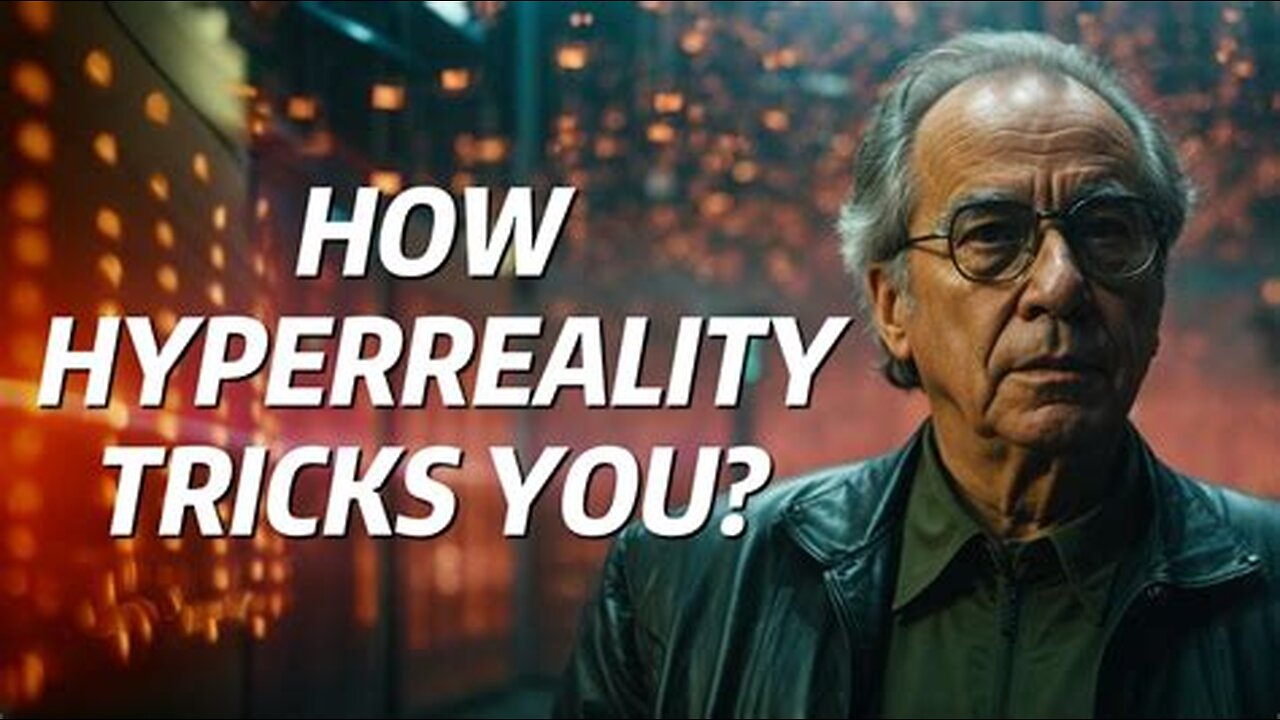
Baudrillard’s “Map and Territory”: Hyperreality in a Digitally Driven World
Jean Baudrillard’s concept of “the map and the territory” transcends ordinary philosophical rumination, spotlighting a critical tension in modern society: the moment when our representations of reality (the “map”) become more influential, more tangible, and ultimately more believable than reality itself (the “territory”). This predicament culminates in what Baudrillard termed hyperreality—a landscape in which simulations, images, and constructed narratives eclipse the raw, unvarnished nature of the real. Far from mere academic musing, this phenomenon permeates every dimension of contemporary life.
1. The Seductive Power of Simulations
In the era of digital connectivity, we increasingly inhabit worlds sculpted by algorithms, sensational news, meticulously curated social media posts, and the ceaseless flow of globalized entertainment. These simulations operate as filters—reality packaged into sensational fragments, edited highlights, or ideologically driven frames. While these constructs bring convenience and immediacy, they also risk oversimplifying or distorting events, siphoning our attention away from direct experience. The disquieting result: many form identities, beliefs, and emotional reactions rooted in ephemeral illusions rather than firsthand encounter.
2. Hyperreality’s Psychological Pull
Hyperreality doesn’t merely deceive; it entices. By offering on-demand gratification—a constant feed of spectacle, novelty, and tribal affirmations—it becomes easier to embrace digital constructs than to endure the subtlety or discomfort of in-person exploration. This psychological impetus drives individuals to prefer maps that confirm biases, echo personal values, or deliver curated excitement, sidestepping the more nuanced, sometimes contradictory territory awaiting genuine encounter. Baudrillard’s key warning is that we might lose the faculty to distinguish between the genuine and the staged, forfeiting critical judgment for the pleasing illusions of the map.
3. The Erosion of Direct Experience
When we navigate life predominantly via abstractions—tweets, headlines, viral videos—our sense of proportion and context can wither. The immediate, visceral, even inconvenient texture of reality fades behind the polished veneer of digital narratives. Real communities, nuanced debate, or hands-on involvement become overshadowed by streams of consumable content. This trade-off not only affects how we interpret world events but also shapes personal empathy and civic participation. In essence, the simplified map becomes easier to wield yet less reflective of the living world’s complexity.
4. Reclaiming the Territory
To address this widening gap, we may need to recalibrate our media consumption and cultivate practices that anchor us to authentic experience. These efforts might include:
• Intentional Disconnection: Periodically distancing from digital feeds to immerse ourselves in direct observation and real human interaction.
• Methodical Curiosity: Seeking out primary sources, eyewitness accounts, local storytelling, or firsthand engagement with social and environmental issues, bypassing secondhand filters.
• Conscious Literacy: Sharpening the ability to interpret media content critically, recognizing subtle manipulations and resisting clickbait’s immediate allure.
• Diverse Perspectives: Exploring contradictory narratives and stepping outside echo chambers, aiming to recapture the richness of true complexity instead of neat caricatures.
5. The Transformative Potential of Awareness
Baudrillard’s insight, then, is less about condemning technology and more about urging a rigorous awareness—an insistence on looking past illusions to discern the world’s subtle edges. By acknowledging that we’re perpetually enveloped in maps—be they social frameworks or digital constructs—we can learn to move with discernment, gleaning utility from these representations while remembering that they are not, and never can be, the entire terrain.
Conclusion: Toward a Braver Engagement
Understanding “the map versus the territory” isn’t just an exercise in postmodern theory; it’s a wake-up call that resonates in a climate of curated feeds, 24-hour news cycles, and viral everything. Baudrillard’s challenge is to navigate this labyrinth of images and narratives without forgetting that a real, multifaceted world lies beyond the threshold of our screens. Bridging that gap—between the polished illusions we consume and the lived truths waiting to be experienced—demands the courage to question assumptions, the curiosity to explore unfiltered realities, and the humility to accept that the territory may be far more complicated, inconvenient, or magnificent than any map could convey.
-
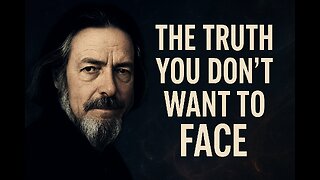 36:30
36:30
FragmentsOfTruth
5 days agoAlan Watts — The Truth You Don’t Want to Face | The End of the Search
3101 -
 2:46:08
2:46:08
TimcastIRL
3 hours agoFAA To STOP Flights Over Shutdown, May CLOSE Airspace, Thanksgiving Travel APOCALYPSE | Timcast IRL
161K79 -
 1:56:20
1:56:20
Tucker Carlson
3 hours agoIt’s Time to Decide: America First or Lindsey Graham’s Psychosexual Death Cult?
42.3K224 -
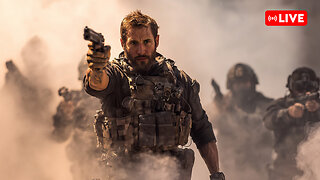 LIVE
LIVE
SpartakusLIVE
5 hours agoBattlefield 6 - REDSEC || ARC Raiders Later? || Anybody Want Warzone???
608 watching -
 LIVE
LIVE
Alex Zedra
2 hours agoLIVE! Spooky Games tn
231 watching -
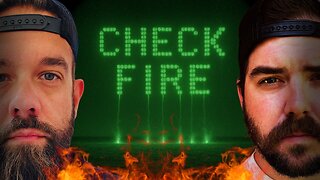 LIVE
LIVE
I_Came_With_Fire_Podcast
13 hours agoThe Normalization of Political Violence | Right Wing In-Fighting | China Chooses China
206 watching -
 LIVE
LIVE
PandaSub2000
8 hours agoLIVE 10:30pm ET | BUZZ TRIVIA with Chat!
152 watching -
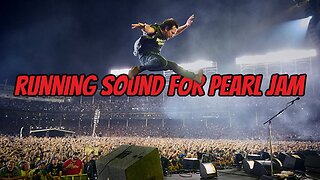 1:13:58
1:13:58
ThisIsDeLaCruz
1 hour agoWhat Fans Never Hear: Pearl Jam’s Audio Engineer Tells His Story
11K -
 1:39:58
1:39:58
Glenn Greenwald
5 hours agoWhy Did Zohran Win & What Does it Mean? Plus: Dick Cheney, "Hero of the Resistance" | SYSTEM UPDATE #543
113K72 -
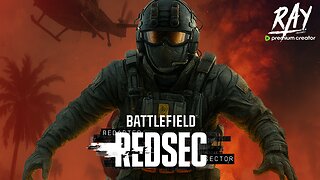 LIVE
LIVE
This is the Ray Gaming
2 hours agoRAYmember RAYmember the 5th of November | Rumble Premium Creator
60 watching